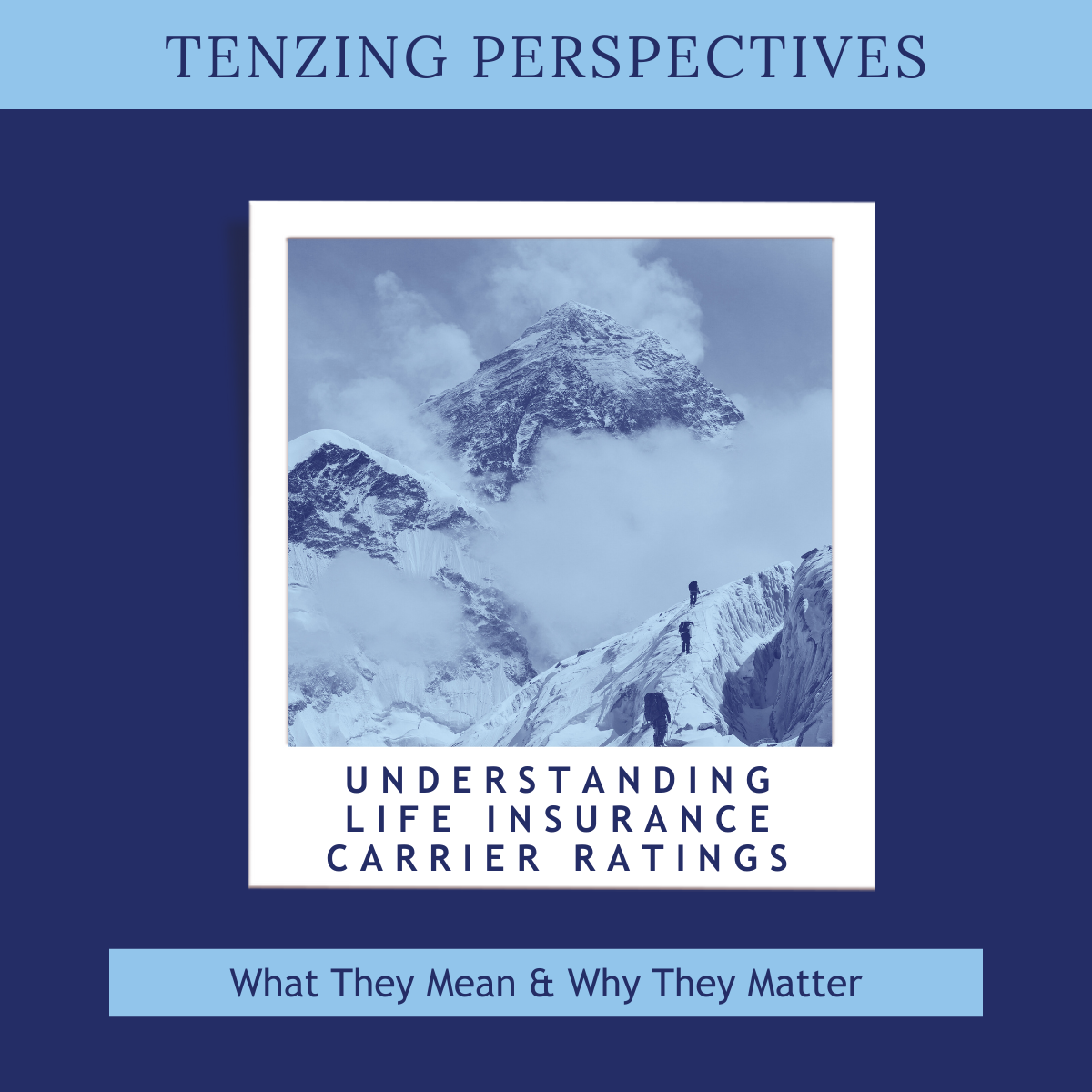
Life insurance carrier ratings offer essential insight into a life insurer’s financial strength and claims-paying ability. These independent evaluations help guide professionals and clients in assessing whether a carrier is equipped to meet long-term obligations—particularly important in contracts designed to last for decades.
Provided by rating agencies such as A.M. Best, Moody’s, Fitch, and S&P Global, these life insurance carrier ratings use distinct scales and methodologies to measure creditworthiness and risk exposure. A strong rating across all four suggests a well-capitalized, conservatively managed company with prudent investment strategies and sound reserves.
But life insurance carrier ratings are only part of the story. Additional indicators—like surplus capital, risk-based capital ratios, and COMDEX scores—provide a fuller picture of a carrier’s financial structure and risk tolerance. For example, a carrier with over $500 million in surplus capital may be considered significantly less likely to experience financial distress.
In the rare instance of a carrier failure, state guaranty associations may help serve as a safety net by covering a portion of the death benefit, often up to $300,000 depending on state laws. Carriers may also be rehabilitated or sold under regulatory supervision.
Reinsurance arrangements offer another measure of claims-paying ability. Many high-quality life insurers partner with reinsurers to diversify risk and add strength to their balance sheet. These relationships can enhance a carrier’s ability to deliver on long-term commitments, particularly in volatile markets.
While no rating guarantees future performance, understanding how life insurance carrier ratings work—and how they interact with broader financial indicators—helps ensure more informed decisions when selecting an insurer. At Tenzing Insurance Strategies, we incorporate carrier ratings into a comprehensive due care process that prioritizes long-term policy reliability and financial well-being.
Read our latest Tenzing Perspectives whitepaper to learn more about the methodology and focus of the four major rating agencies, as well as other factors to consider.
4523991




